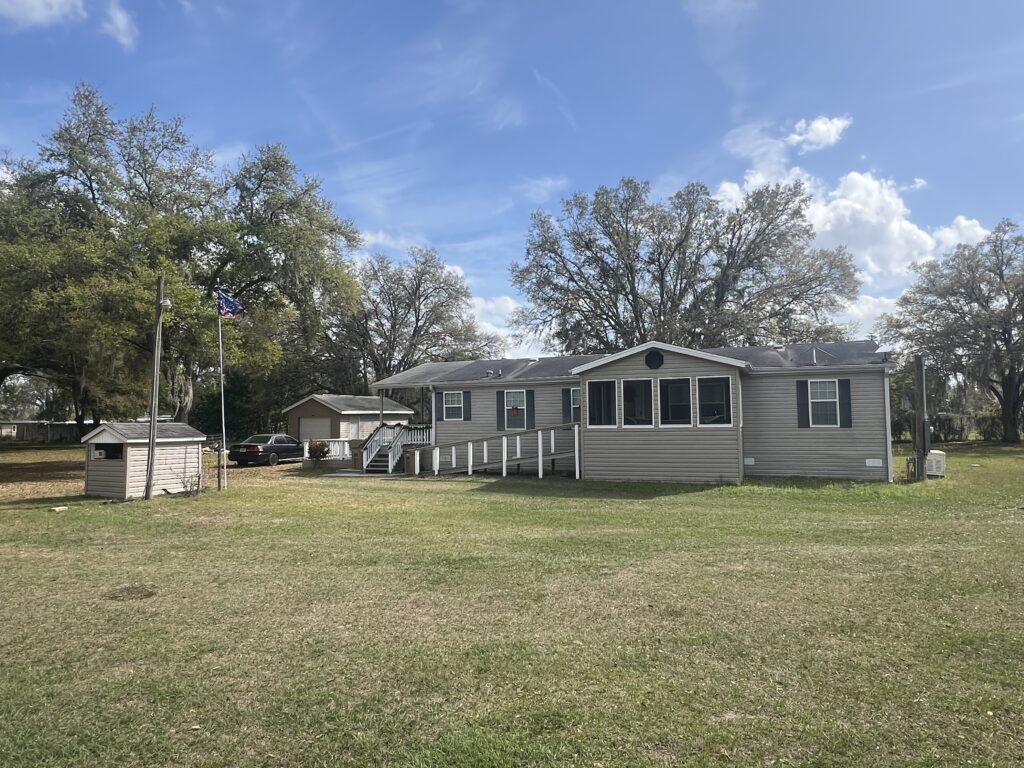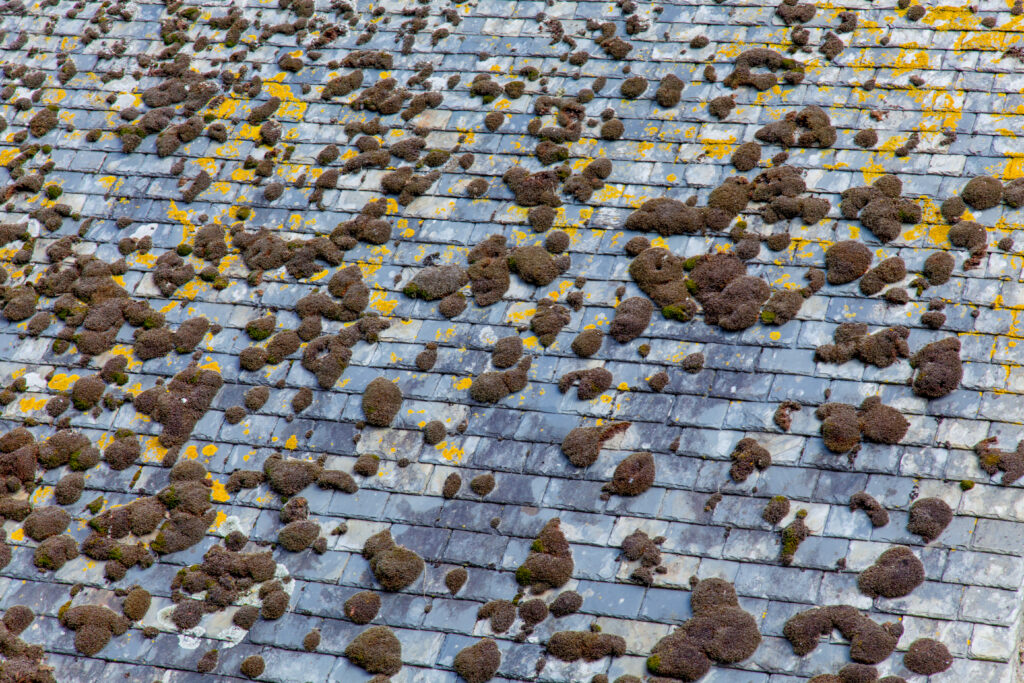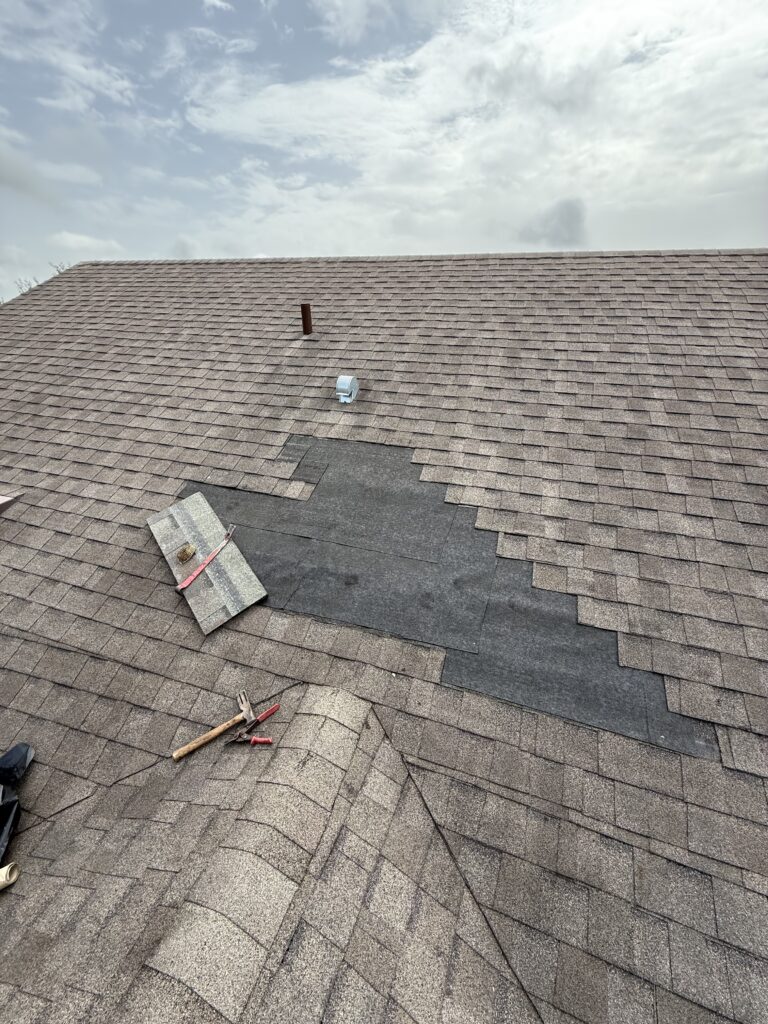Fall Roof Maintenance Checklist for Florida Homes
The arrival of fall in Central Florida brings a welcome and much-needed respite. The intense, oppressive humidity of summer begins to fade, the evenings grow more pleasant, and we can finally spend more time enjoying the outdoors. For a homeowner, this seasonal transition is more than just a change in the weather; it is a critical and strategic time to turn your attention to the health and integrity of your home’s most important protector: your roof.
After a long season of enduring the brutal summer sun, torrential downpours, and the high winds of hurricane season, your roof has been under immense stress. The fall provides a perfect window of opportunity to conduct a thorough maintenance check, to identify any damage that may have occurred during the stormy months, and to prepare your roof for the seasons ahead. A proactive approach to roof maintenance in the fall is the key to preventing minor, unseen issues from escalating into major, costly leaks and to ensuring your home remains a safe and secure sanctuary for your family.
Start with a Safe, Ground-Level Visual Inspection
The first and most important rule of any homeowner roof inspection is to prioritize your safety. You should never get on your roof to inspect it yourself. A roof can be a dangerous place, especially after a storm when it may be slippery or have hidden structural damage. Fortunately, a thorough and effective initial inspection can be conducted from the safety of the ground.
Take a slow and deliberate walk around the entire perimeter of your property, looking up at all the different slopes and angles of your roof from various vantage points. Using a pair of binoculars can be an invaluable tool, allowing you to get a much closer look without ever leaving the ground. You are looking for the most obvious and glaring signs of potential trouble.

Scan the entire surface of the roof for any shingles that are completely missing, which will often look like dark patches on the roof. Look for any shingles that are visibly cracked, curled at the edges, or appear to be lifted or flapping. Also, take note of any large tree limbs or other storm debris that may have landed on the roof surface, as these can cause impact damage. Just as importantly, carefully inspect the ground around your home. Finding a shingle, or even just pieces of a shingle, in your yard or flowerbeds is a definitive sign that your roof has sustained wind damage.
Clean Your Gutters and Downspouts
Your home’s gutter system is an essential part of your roof’s overall water management plan, and the fall season is the most critical time of year to ensure it is clean and functioning properly. Throughout the spring and summer, your gutters can accumulate a surprising amount of leaves, pine needles, twigs, and other debris.
When your gutters become clogged, they cannot do their job. During one of our heavy Florida downpours, the rainwater will have nowhere to go. It will back up and pool along the edge of your roof, where it can easily seep up and under the first course of shingles. This can lead to the slow, insidious rot of your roof decking and the wooden fascia boards to which the gutters are attached. If the problem is severe enough, the overflowing water can also pour down the side of your home and damage your foundation.
Ready to get your gutters cleaned? Click here to schedule.
While cleaning the gutters, pay close attention to what you are finding. It is normal to see a small amount of the sandy, grit-like shingle granules in your gutters. However, if you find a large or excessive accumulation of these granules, it is a significant red flag. This is a sign that your asphalt shingles are nearing the end of their lifespan and are losing their protective outer layer, making them much more brittle and susceptible to damage.
Inspect for Algae, Moss, and Debris
The warm, humid climate of Central Florida creates the perfect environment for various types of biological growth and debris to accumulate on your roof’s surface. While some of this is purely cosmetic, some can be genuinely damaging.
The most common sight on roofs in our area is the dark, black streaks that run down the shingles. This is a type of algae called Gloeocapsa magma, which feeds on the limestone filler that is used in the manufacturing of asphalt shingles. While it can be unsightly, this algae is generally considered a cosmetic issue and does not cause significant harm to the shingles.

The growth of moss and lichen, however, is a more serious concern. These organisms can trap a great deal of moisture directly against the surface of your shingles. As their root-like structures grow, they can get underneath the edges of your shingles and lift them up. This not only creates a pathway for water to get in, but it also makes the shingles extremely vulnerable to being torn off by high winds.
You should also look for any significant accumulation of leaves, pine needles, or small branches on the surface of your roof, particularly in the valleys where two roof slopes meet or behind your chimney. This debris acts like a sponge, holding moisture against your roof and acting as a dam that prevents water from flowing off the surface properly, which can lead to leaks and rot.
Check All Roof Penetrations and Flashing
A roof is most vulnerable at the points where the flat plane is penetrated by another object. These are the areas that require specialized sealing and flashing to remain watertight, and they are often the first places where a leak will develop.
Notice your roof leaking? Schedule a roof repair today.
Take a close look, using binoculars if necessary, at all of the penetrations on your roof. This includes your plumbing vents, which are the small pipes that stick up through the roof, any attic ventilation turbines or fans, the exhaust vent for your kitchen or bathroom, your chimney, and any skylights.
These areas are sealed using a combination of metal flashing and a professional-grade roofing sealant or caulk. The relentless exposure to the Florida sun can cause these sealants to dry out, become brittle, crack, and pull away from the surface over time. This creates a small but direct entryway for water to get into your home. Look for any visible signs of cracked, peeling, or missing sealant around these penetrations. Also, look for any pieces of metal flashing that appear to be bent, loose, or lifted. Damage to these critical seals is one of the most common sources of roof leaks.
Have significant roof damage? Consider a roof replacement.
Schedule a Professional Roof Inspection
While a thorough, ground-level inspection by a homeowner is an excellent and important first step in fall maintenance, it cannot replace the trained and experienced eye of a professional roofing contractor who can safely get on your roof for a hands-on assessment.
A professional roof inspection is a deep and comprehensive evaluation of your entire roofing system. A certified inspector will safely walk your entire roof, looking for the subtle signs of damage that are impossible to see from the ground. They will check for the telltale creasing and lifting of shingle seals caused by wind, the small, bruising impact marks left by hail, and any cracked or broken tiles. They will perform a tactile, up-close inspection of the sealant and flashing around every single penetration.

The professional inspection also includes a check of your attic. An inspector will look for any signs of water intrusion, such as damp insulation or water stains on the underside of the roof decking, which can reveal a small, slow leak long before it ever becomes visible on the ceiling of your living space. This professional inspection provides you with a complete and documented “state of the union” for your roof. It will identify any minor issues that can be proactively and affordably repaired, and it will give you a realistic and honest assessment of your roof’s remaining service life.
The fall season in Florida is the perfect time to be proactive and to address the toll that the summer sun and the stormy season has taken on your home’s most important protective feature. By running through this maintenance checklist, you can identify potential problems and ensure that your roof is watertight, secure, and ready for the seasons ahead.
A few simple checks can reveal a great deal about your roof’s condition. If your inspection reveals any areas of concern, from missing shingles and clogged gutters to deteriorating seals, we encourage you not to delay in seeking a professional opinion. Contact the trusted, local experts at Clermont Roofing Inc. to schedule a thorough and professional roof inspection. We are proud to help our neighbors in Clermont and the surrounding Lake County area protect their homes and their peace of mind.
